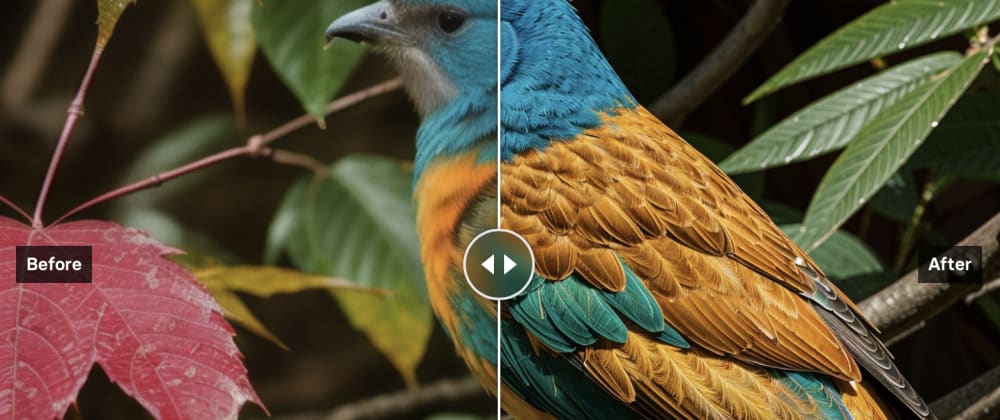This is a simplified guide to an AI model called Clarity-Upscaler maintained by Philz1337x. If you like these kinds of guides, you should subscribe to the AImodels.fyi newsletter or follow me on Twitter.
Model overview
The clarity-upscaler is a high-resolution image upscaler and enhancer developed by AI model creator philz1337x. It is a free and open-source alternative to the commercial Magnific tool, allowing users to upscale and improve image quality. The model can handle a variety of input images and provides a range of customization options to fine-tune the upscaling process.
Model inputs and outputs
The clarity-upscaler takes an input image and a set of parameters to control the upscaling process. Users can adjust the seed, prompt, dynamic range, creativity, resemblance, scale factor, tiling, and more. The model outputs one or more high-resolution, enhanced versions of the input image.
Inputs
- Image: The input image to be upscaled and enhanced
- Prompt: A textual description to guide the upscaling process
- Seed: A random seed value to control the output randomness
- Dynamic: The HDR range to use, from 3 to 9
- Creativity: The level of creativity to apply, from 0.3 to 0.9
- Resemblance: The level of resemblance to the input image, from 0.3 to 1.6
- Scale Factor: The factor to scale the image up, typically 2x
- Tiling Width/Height: The size of tiles used for fractality, lower values increase fractality
- Lora Links: Links to Lora models to use during upscaling
- Downscaling: Whether to downscale the input image before upscaling
Outputs
- One or more high-resolution, enhanced images based on the input and parameters
Capabilities
The clarity-upscaler can dramatically improve the quality and detail of input images through its advanced upscaling and enhancement algorithms. It can handle a wide range of input images, from photographs to digital art, and provide customizable results. The model has been optimized for speed and can produce high-quality outputs quickly.
What can I use it for?
The clarity-upscaler is a versatile tool that can be used for a variety of creative and practical applications. Some potential use cases include:
- Enhancing low-resolution images for print or web use
- Upscaling and improving the quality of digital art and illustrations
- Generating high-quality backgrounds, textures, or elements for visual design projects
- Improving the visual quality of images for use in presentations, social media, or other digital content
Things to try
One interesting feature of the clarity-upscaler is its ability to adjust the "fractality" of the output image by manipulating the tiling width and height parameters. Lower values for these parameters can introduce more fractality, creating a unique and visually striking effect. Users can experiment with different combinations of these settings to achieve their desired aesthetic.
Another useful feature is the ability to incorporate Lora models into the upscaling process. Lora models can introduce additional style, details, and characteristics to the output, allowing users to further customize the results. Exploring different Lora models and mixing them with the clarity-upscaler settings can lead to a wide range of creative possibilities.
If you enjoyed this guide, consider subscribing to the AImodels.fyi newsletter or following me on Twitter for more AI and machine learning content.







Top comments (0)